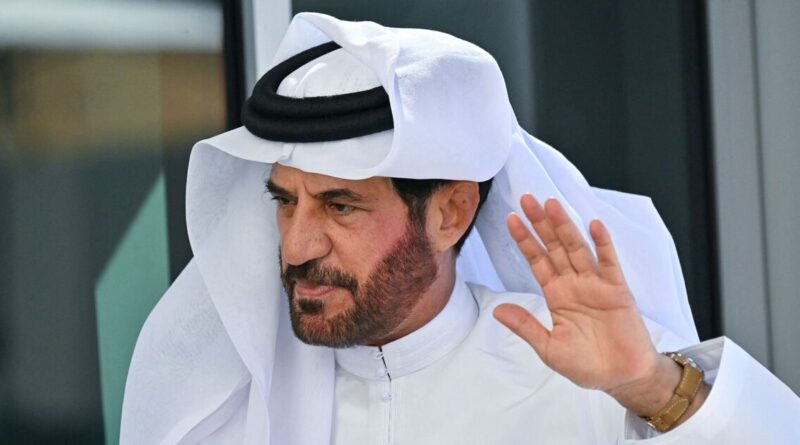FIA rip up the rulebook with sweeping change after Rwanda meeting | F1 | Sport
After the final World Motor Sport Council (WMSC) meeting of 2024 in Rwanda, the FIA has opted to introduce a new section to the F1 regulations for the 2026 campaign, with teams now set to adhere to the ‘operational regulations’.
As things stand currently, the F1 teams must produce and run their cars in accordance with the financial, sporting and technical regulations. However, significant changes are brewing ahead of the new era of F1 cars in 2026, which will introduce new power units and sweeping technical changes.
The primary aim purpose of the new segment is to “regulate certain F1 team activities that take place away from the race weekend,” the FIA explained in a statement after the WMSC meeting.
“For this initial version of these regulations, certain elements that have historically been included in the Sporting Regulations have been transferred, such as limitations to aerodynamic testing, power unit testing, and mandatory shutdown periods.”
These weren’t the only changes made after the WMSC meeting. The F1 rulebooks are also being rewritten to incorporate gender-neutral language, following in the footsteps of Formula Two and Formula Three’s regulations, which the FIA oversees.
In some places, the current rulebooks refer to drivers as male figures, but with F1 and the wider motorsport community committing to promoting female talent through the feeder series ranks, tweaks to make the wording of the regulations more inclusive were necessary.
On top of these changes, the FIA also released renders of the ‘refined concept’ of what the 2026 F1 cars will look like. The new machines have striking front wings, bargeboards, and flatter rear wings than the current generation of ground-effect challengers.
Whether or not the changes to the 2026 prototype will address the concerns of drivers and teams remains to be seen. Max Verstappen and Christian Horner are among those to have raised their fears about the quality of racing that fans could see when the new cars hit the tarmac.
“It looks like it’s going to be an ICE competition,” he said in 2023. “So, whoever has the strongest engine will have a big benefit. But I don’t think that should be the intention of Formula One because then you will start a massive development war again, and it will become quite expensive to find a few horsepower here and there.
“It should be the opposite. Plus, the cars probably have a lot less drag so it will be even harder to overtake on the straight. He went on to add: “Plus the weight is going up again.
“So, yeah, we have to seriously look at this because ’26 is not that far away. It looks very bad, from all the numbers and what I see from the data already. It’s not something I am very excited about at the moment.”





